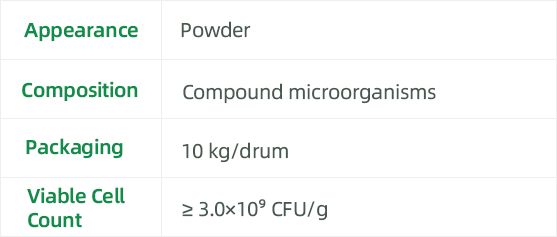Micro Motion®-HA functions through a multi-step process involving the synergistic action of various microbial communities. These facultative anaerobic microbes possess specialized biodegradation capabilities and, with the aid of biological enzymes, break down organic substances. The process begins with microbial hydrolysis, where different anaerobic bacteria decompose complex organic polymers (e.g., carbohydrates, heterocyclic nitrogen- and sulfur-containing compounds) into simpler forms. These are then made available for utilization by other bacteria through microbial cooperation. Acidogenic bacteria convert sugars and amino acids into carbon dioxide, hydrogen, ammonia, and organic acids. These organic acids are further transformed into acetic acid, butyric acid, and propionic acid, along with hydrogen, ammonia, and carbon dioxide.
In the final stage of anaerobic digestion, under sufficient retention time, methanogenic archaea convert these small-molecule organic acids into methane, carbon dioxide, trace sulphides, and water. Micro Motion®-HA is widely applied in wastewater treatment plants across industries such as chemicals, coal chemicals, steel coking, and pharmaceuticals.



